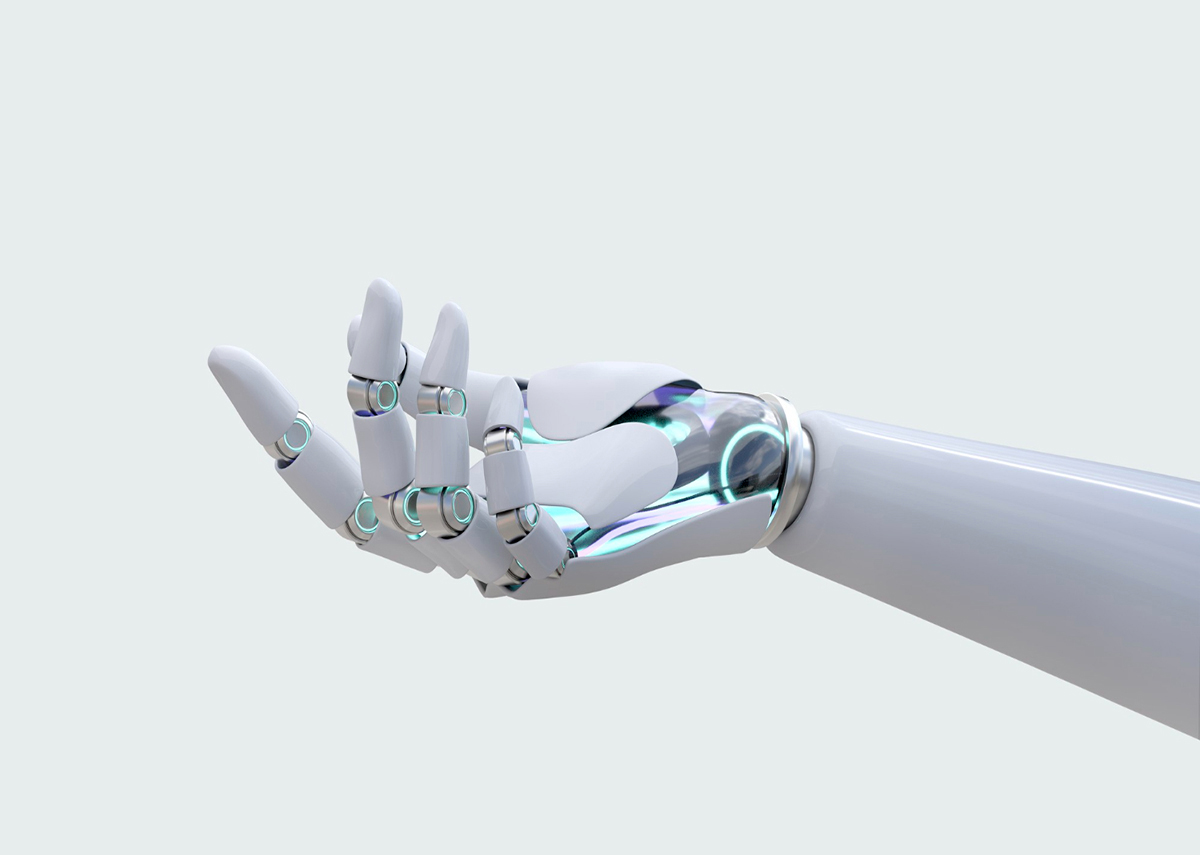Three Major Types of Machine Learning Models
Share

Machine learning is a huge field that connects with various similar fields such as artificial intelligence. ML includes different types of algorithms to collect historical data and obtain knowledge and skills. There is a wide range of learning models to perform specific tasks.
What is Machine Learning?
Machine learning is a technique used in data analytics. These models gain experience and learn new ideas from existing data. Machine learning models use computational methods to gather new information. The algorithms enhance the performance of the model through data sampling.
Types of Machine Learning Models
In this post, you will find three major machine learning models used in the field. So let’s get started:
Linear Regression
Linear regression follows the supervised learning technique. It performs regression tasks. Also, it uses independent variables to target prediction values. The ML model helps to identify the relationship between forecasting and variables.
There are different regression models and each one is different from than other. The model differentiates due to the relationship between independent and dependent variables. Furthermore, the number of independent variables is also different in these models.
Linear regression is a well-understood model in machine learning. Here are some benefits:
- This model is easy to implement
- You can easily handle overfitting using dimensionally reduction techniques, cross-validation, and regularization.
- It extrapolates more than a specific data set
Decision Tree
Decision trees use both regression and classification tasks. These models help with strategic planning and machine learning. They fall in a non-parametric supervised learning category. With the help of decision trees, data scientists can create models that forecast target variables. Decision trees are easy to build and quite instinctive. However, they might not provide accurate data. A decision tree can help distinguish and differentiate between groups. Experts can accumulate data for each sub-group. Some advantages of decision trees are:
- The model is easy to prepare
- You can easily read and interpret
- The model contains less data noise
Neural Network
A neural network is a multi-layered model and works similarly to the human brain. It untangles and disintegrates complicated relationships among variables. The architecture of this model is different than other machine learning models. The model receives input from neural networks and brain neurons.
Neuron network works through artificial intelligence. This makes it one of the most complicated machine learning models. Furthermore, it has a complex and mathematical structure. This makes it difficult for data scientists to create a model that generates synthesized data. Here are some benefits of neural networks:
- The neural network has distributed memory
- The model can work with insufficient knowledge
- This network can tolerate faults
- It helps with parallel processing
Conclusion
Choosing the right machine learning model is important as a different model helps with different tasks. Furthermore, you should consider your needs. Besides, many other factors will influence your decision to choose an algorithm.
You can divide your decision criteria into two sections. These sections can be problem-related aspects and data-related aspects. Consider the size, characteristics, behavior, and type of the data. These components will give you an initial idea of choosing an algorithm.




